Squirrel eating the pumpkin.
Animals That Help Protect Your Garden
Growing food is one essential skill everyone should know to survive. During the time of our ancestors, every one of them had the knowledge and ability to grow crops and plants. They had different kinds of strategies to ensure growth and be able to harvest on time.
When you grow plants for food, you're part of a cultural revolution that dates back more than 10,000 years. It might not seem very revolutionary today, but agriculture helped our hunting-and-gathering ancestors sow the seeds of civilization.
In farming, it requires attention and total effort as it also gives us pests, most especially if taken for granted. Fences and various deterrents can help defend farms and gardens from wildlife, but did you know so can other wildlife?

Garden pests
Growing food isn't just about having a green-thumb. For home gardeners, that often means avoiding broad-spectrum pesticides, since they tend to kill more than just pests. But it doesn't necessarily mean leaving our gardens unguarded. Wise gardeners cultivate not only crops but also a habitat for wildlife that naturally keeps pests away.
To fully embrace this approach, you may want to explore the big-picture ideas of biodynamic agriculture and Integrated Pest Management (IPM), and to encourage pollinators as well as predators and parasites.
Here are a few examples of creatures that can help you guard your garden with free, non toxic pest control:

Ants
Many ants are farmers themselves, having raised crops and livestock for millions of years.
Not only do ants offer indirect benefits like making and aerating soil (which is more important than it might sound), but they can also fend off an array of more irksome insects. Ants have also been found to rival chemical pesticides in protecting crops such as mango, cocoa, and citrus.

Bats
Summer evenings are often a great time to work in your garden, although mosquitoes can quickly put a damper on crepuscular cultivation. It's pretty hard to focus on gardening while you're fending off hordes of bloodthirsty mosquitoes.
Fortunately, some local wildlife may be happy to help. Just one little brown bat, for example, can eat hundreds of mosquitos in a single night. Aside from mosquitoes, insect-eating bats also eat many moths whose caterpillars directly threaten crops.

Songbirds
Birds, like most animals on this list, are not easily pigeonholed. While some tend to run afoul of farmers — hence the ancient tradition of making scarecrows, for example — avian visitors often thanklessly protect our farms and gardens.
Lots of songbirds prey on crop pests like caterpillars, beetles, snails, and slugs, especially when they have hungry mouths to feed in the breeding season.
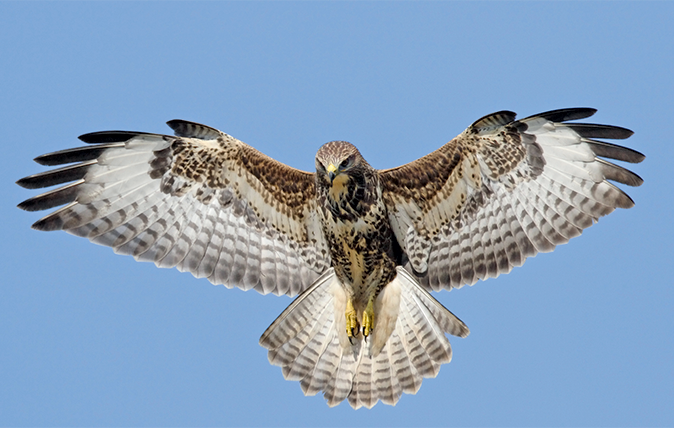
Birds of prey
Songbirds may eat insects, but what about bigger pests like squirrels, rabbits, rats or moles?
Raptors, aka birds of prey, include a variety of predators like falcons, hawks, and owls. Many species hunt precisely the varmints that covet our crops, sometimes even providing a clear boost to yields and profits. The key is identifying your pest, knowing your local raptors and finding the best bird for the job. If rabbits eat your kale after dark, for example, you might want to attract nocturnal owls, but if squirrels nab your tomatoes in broad daylight, the answer may be a falcon or hawk.

Dragonfly
Dragonflies and damselflies
Dragonflies and damselflies are expert aerial hunters, nabbing prey from midair with a success rate as high as 95 percent. They are especially beloved for feasting on mosquitoes, midges, and gnats. These acrobatic hunters are also known to prey on adult moths and butterflies.
If you want to attract dragonflies and damselflies to your property, having a pond or other water feature is a significant plus. For more suggestions, check out this guide on how to create a dragonfly garden.

Frog
Frogs, toads, and salamanders
Native amphibians can be a blessing for farmers and gardeners.
As generalist predators, these amphibians may eat some beneficial insects like ladybugs, lacewings or dragonflies.
The key to attracting amphibians is to create a suitable habitat for them.

Ladybugs
Ladybugs, also known as lady beetles or ladybird beetles, are some of the most famously beneficial garden insects. They're beloved not just for their iconic appearance, but also for preying on aphids, scale insects, leafhoppers, mites and other crop pests.

Green lacewings
Like ladybugs, green lacewings are important predators of soft-bodied insects and insect eggs, according to University of Kentucky entomologist Ric Bessin, who writes that, while underappreciated, "their contribution to insect control is immense."

Snakes
Snakes and lizards
Snakes have a knack for scaring people, making it hard for some gardeners to accept them as allies.
Garter snakes, for example, are known to prey on crop-damaging herbivores like slugs, snails, and grasshoppers, as well as larger pests like rodents.
If you just can't tolerate snakes, some other reptiles fill a similar ecological role. Many lizards, for example, feed on slugs, snails, and leaf-munching insects like beetles, caterpillars, and grasshoppers.
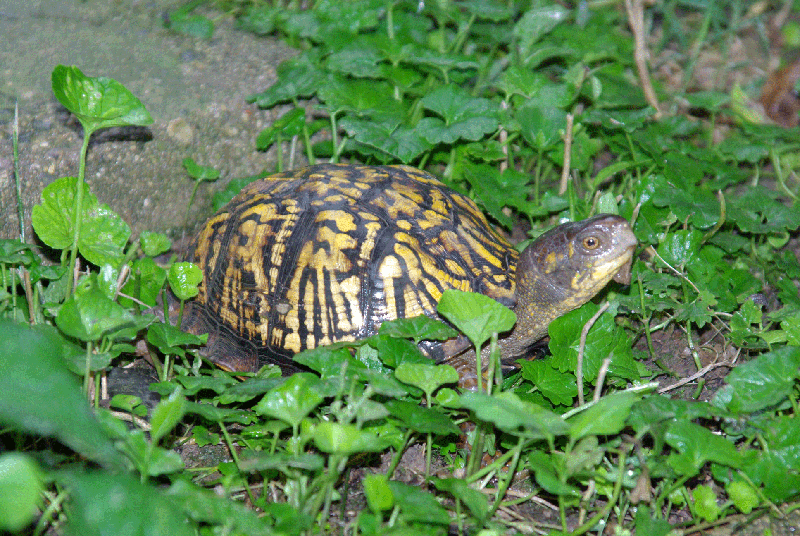
Turtles
Turtles have wide-ranging diets that may be largely vegetarian, but certain types — like North American box turtles — also eat garden pests such as snails, slugs, and beetles.

Spiders
Like bats and snakes, spiders are unfairly typecast as scary. Their venom is meant for much smaller prey, including insects that cause more trouble than any arachnid. House spiders patrol our homes for pests like flies, mosquitoes, fleas, and roaches, and outdoor spiders can play even more valuable roles in farms and gardens.

Wasps
Wasps are a diverse group of insects, with some offering more perks than others.
Certain parasitoid wasps are used as biological control agents to combat major agricultural pests.

Garden
Some of these animals are known to be predators and pests but we should not outweigh their benefit in nature. We should also consider and respect the cycle of the food chain.
“Every single living thing is food to at least one living thing.”
- Mokokoma Mokhonoana

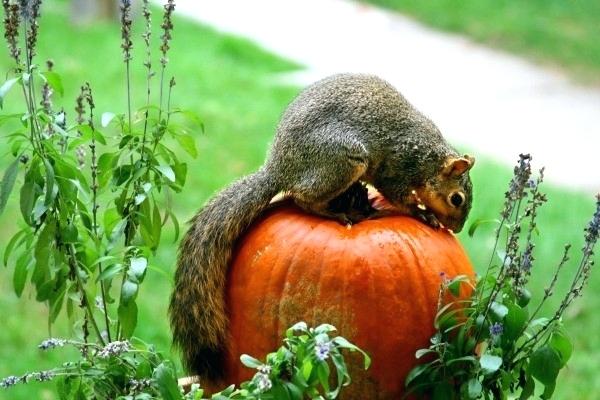


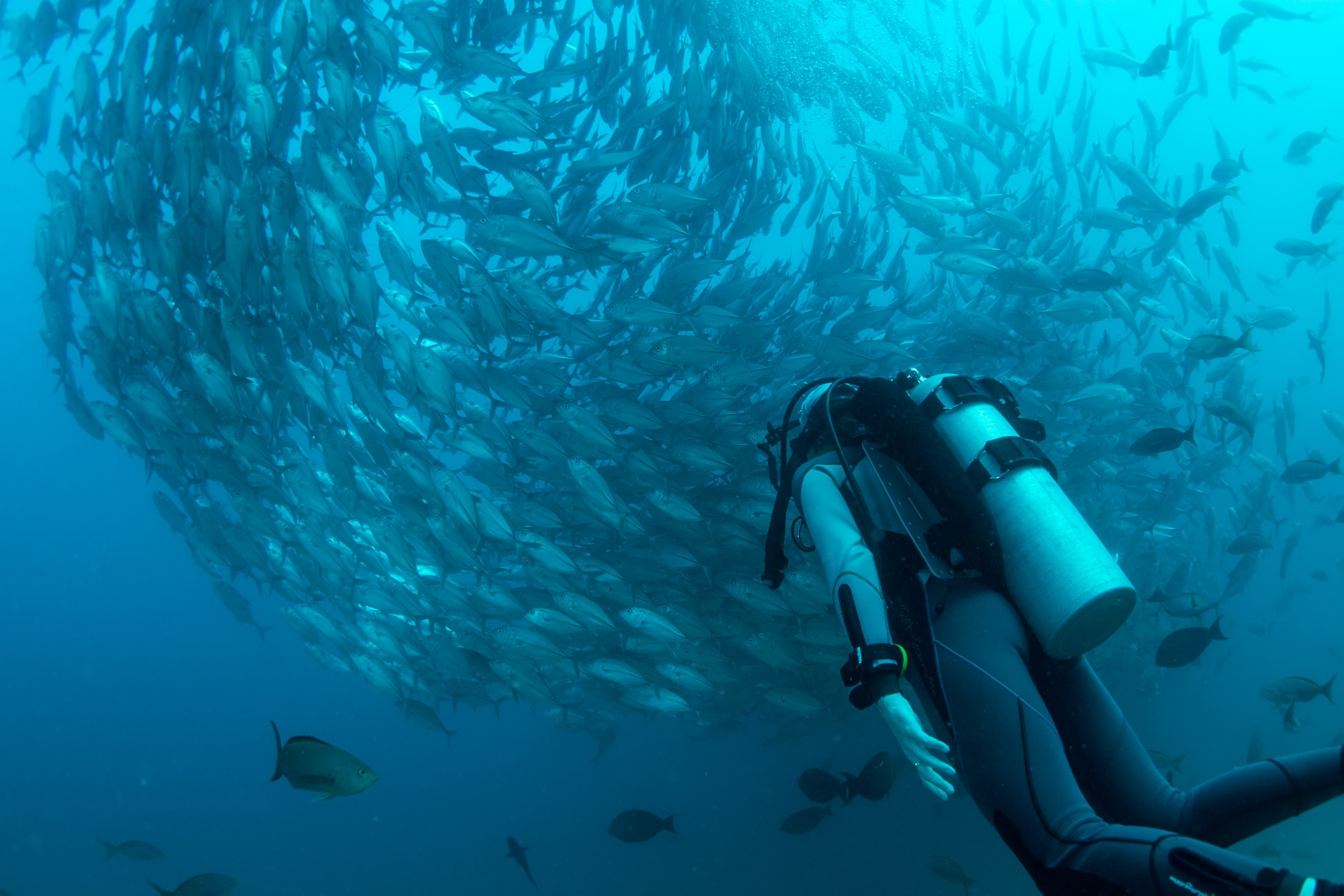
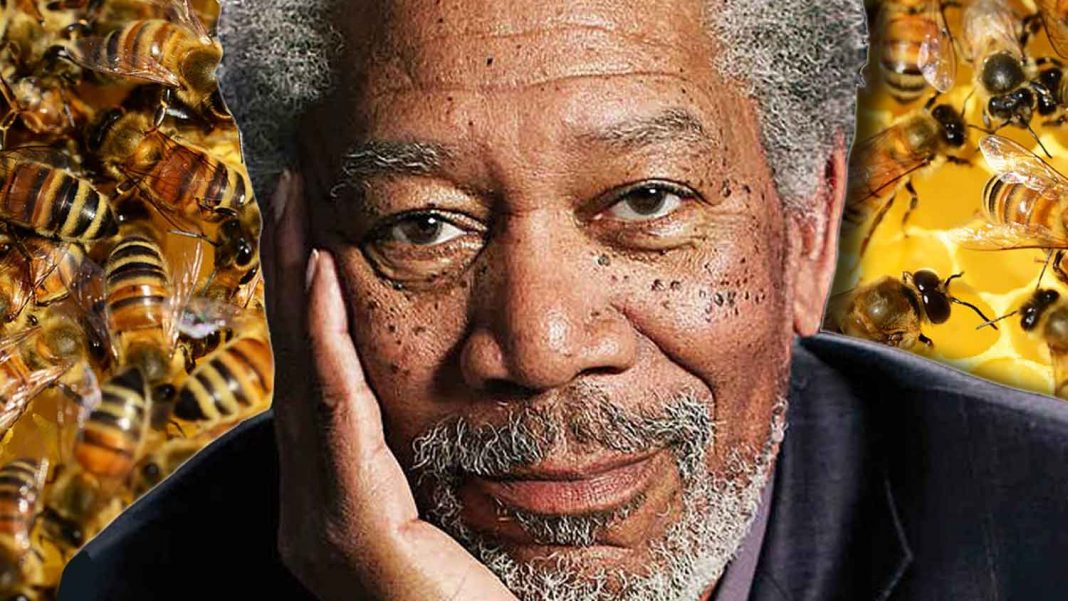

0 Comments